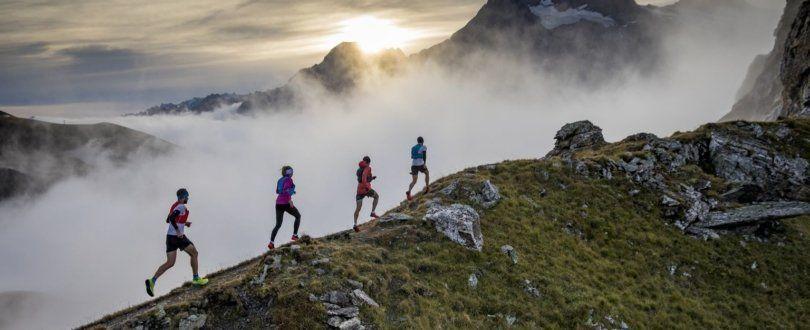
Running recent years has acquired fanatical fans and in GREECE. Running training
The running movement is growing with amateur runners increasingly taking part in one of the dozens of races held each year.
Running training
The preparation of runners for the races depends on the distance they will run as well as the goals. They do different training if their main goal is to finish at one distance and another if they want to improve their time.
Running surface
One of the questions that torments many runners is which terrain to choose for their training.
Some choose to run on dirt paths, others prefer grass which is more runner friendly as it helps absorb shock, others tartan which is suitable for interval training, the treadmill or even in summer and autumn even sand.
Running is enjoyable on any terrain. However, not all "terrains" are suitable for every runner and for every type of training. In several cases it is good to change the running surface we choose, weighing specific criteria, such as:
- What running surface does not make recovery time until the next workout difficult?
- Which surface has the least chance of injury?
- On what surface can I maximize the benefits of the training unit?
- On which surface and space can I concentrate on my training from such a level
So with these parameters in mind, read on for the pros and cons of each running surface.
Lawn
It is considered the ideal place for running as the forces our body receives are reduced and it is among the first choices of runners. The better the quality of the turf, the more the benefits are maximized.
Lawn is definitely the best running surface for both warm-up and recovery as well as those recovering from injuries. Due to its thickness, it increases the contact time of the runner with the ground, which means that it significantly dampens the vibrations with each step. Also, for the same reason, it activates the muscles and tendons of the lower limbs more, mainly the gastrocnemius and the Achilles, thereby strengthening them.
The workouts that are usually done on grass are either some slow recovery pieces, or aerobic, not very high intensity workouts. Also in interval training, it is ideal for performing the warm-up as well as the recovery.
On to the cons now, it is not suitable for high speed development, and running on grass when it is unswept, potholed or wet should be avoided.
Soil
It is considered an ideal surface for all our trainings and especially for the continuous medium and long duration ones, when of course we are talking about well paved dirt tracks, and not for tracks with a lot of gravel or stones, in which the advantages of the surface are reduced.
Grounds that have relatively rich soil are usually found in forest roads, parks, some stadiums and artificial tracks and are among the best surfaces one can find to do one's training. The reason is that the soil increases the contact time with the ground and the forces received by the feet are significantly reduced.
However, in some cases, the dirt tracks may pose a risk of injury, especially when they have an abundance of potholes and potholes.
Some runners, usually more experienced, choose to perform on these surfaces and some faster workouts. If you make this decision, make sure you learn the route very well so you don't leave with an injury.
Tartan
It is located around the perimeter of most stadiums in the country, and favors – when in good condition – fast running especially for athletes who wear studded track shoes.
For runners who don't wear these special shoes, the picture is a little different. Tartan may be a bit elastic and absorb shock to a certain extent, but at the same time, it returns large amounts of energy to the body.
For this reason, it is considered the appropriate terrain for interval training, while many also choose it for so-called tempo runs. Also, to the advantages of tartan, we should add the fact that runners can accurately measure the distances they cover. Running training
Asphalt
The great advantage of this surface is that it favors the development of high speed. On the other hand, it is hard on the legs, as the vibrations are intense.
In any case, it would be a good idea to include some training on the tarmac, as many races take place on this surface. Prefer to include it in your training program, at least once a week, and mainly for tempo runs and interval training. It would be best to train on this surface with shoes that have enhanced cushioning. And of course, as for the rest of the terrain, don't forget to perform several stretches before and especially after training.

No Comments